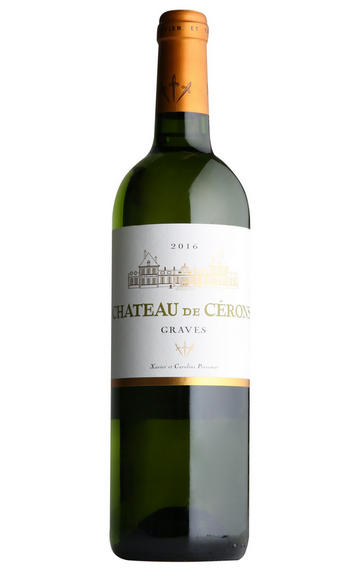
About this WINE
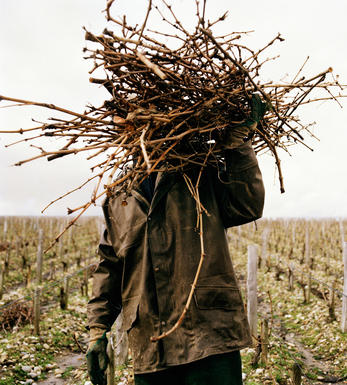
Chateau de Cerons
Ch. de Cérons is a lovely manor house built in the early 18th century on a terrace overlooking the Garonne River. Located in the heart of the village of Cérons in the Graves region, the estate is surrounded by tall stone walls. The château is located across from a beautiful 12th century church. Xavier and Caroline Perronmat took over management of the family estate in 2012. They accepted the challenge of producing wines of the highest quality in one of the least-known, but oldest appellations of Bordeaux: Cérons. Ch. de Cérons has 26 hectares of vines on a plateau with deep gravel soil overlooking the surrounding area. The Cérons appellation, bordering on Sauternes, is an enclave in the Graves region. The unique terrior produces three different types of wine: red Graves, dry white Graves and Cérons, a sweet white Bordeaux.
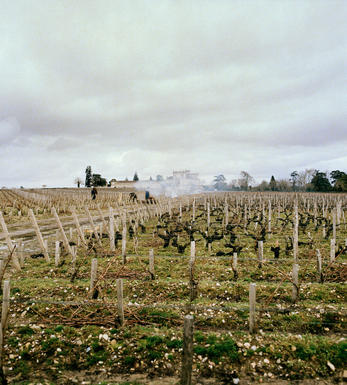
Graves
Graves is the region which first established Bordeaux's wine reputation. Its wines were exported to England as early as the 12th century and Samuel Pepys drank Ho Bryan (sic) in London on 10th April, 1663.
The names Graves is derived from ‘gravel’ and the best soils are gravel-rich, mixed with sand and occasionally clay. Graves is larger in areas than the Médoc but produces only half the amount of wine. The best wines of Graves were initially classified in 1953 with this classification being confirmed in 1959.
Until 1987, this entire region, which runs immediately south of the city of Bordeaux until it reaches Sauternes, was known as the Graves and its entirety is still sometimes informally referred to as such, but from the 1986 vintage a new communal district was created within Graves, based on the districts of Pessac and Léognan, the first of which lies within the suburbs of the city.
Pessac-Léognan has the best soils of the region, very similar to those of the Médoc, although the depth of gravel is more variable, and contains all the Classed Growths of the region. Some of its great names, including Ch. Haut-Brion, even sit serenely and resolutely in Bordeaux's southern urban sprawl.
The climate is milder than to the north of the city, and the harvest can occur up to two weeks earlier. This gives the best wines a heady, rich and almost savoury character, laced with notes of tobacco, spice and leather. Further south, the soil is sandier with more clay, and the wines are lighter, fruity and suitable for earlier drinking.
Recommended Châteaux
Ch. Haut-Brion, Ch. la Mission Haut-Brion, Ch. Pape Clément, Ch. Haut-Bailly, Domaine de Chevalier, Ch. Larrivet Haut-Brion, Ch. Les Carmes Haut-Brion, Ch. La Garde, Villa Bel-Air.
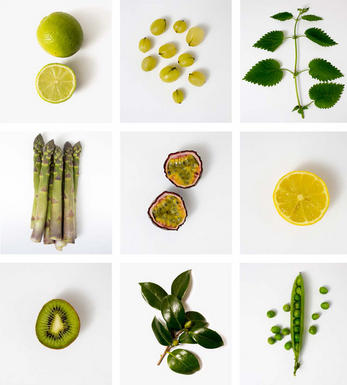
Sauvignon Blanc
An important white grape in Bordeaux and the Loire Valley that has now found fame in New Zealand and now Chile. It thrives on the gravelly soils of Bordeaux and is blended with Sémillon to produce fresh, dry, crisp Bordeaux Blancs, as well as more prestigious Cru Classé White Graves.
It is also blended with Sémillon, though in lower proportions, to produce the great sweet wines of Sauternes. It performs well in the Loire Valley and particularly on the well-drained chalky soils found in Sancerre and Pouilly-Fumé, where it produces bone dry, highly aromatic, racy wines, with grassy and sometimes smoky, gunflint-like nuances.
In New Zealand, Cloudy Bay in the 1980s began producing stunning Sauvignon Blanc wines with extraordinarily intense nettly, gooseberry, and asparagus fruit, that set Marlborough firmly on the world wine map. Today many producers are rivalling Cloudy Bay in terms of quality and Sauvignon Blanc is now New Zealand`s trademark grape.
It is now grown very successfully in Chile producing wines that are almost halfway between the Loire and New Zealand in terms of fruit character. After several false starts, many South African producers are now producing very good quality, rounded fruit-driven Sauvignon Blancs.


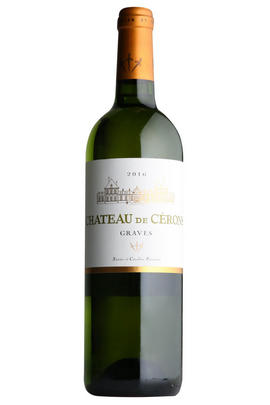
Buying options
Add to wishlist
wine at a glance
Delivery and quality guarantee